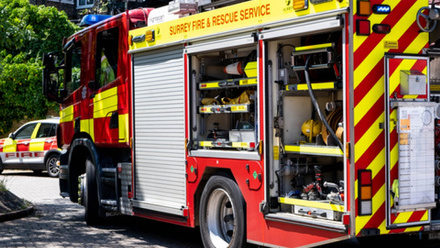Update and webinar on Euralarm False Alarm study
In 2013, the Technical Group False Alarms (TG FAS) of the Fire Section began its work to better understand the causes and the data behind false alarms in fire detection and fire alarm systems. Since then, the Technical Group published reports and in 2018 published Euralarm’s first book; a study on the data analysis and collection methodology in selected European countries. The TG FAS is in its final stages to publish an update of the study. On December 16th, the Technical Group will conduct a Webinar.
False alarms from fire detection and fire alarm systems is a topic that Euralarm's Technical Group False Alarm is working on since 2012 and that resulted in publishing a book covering a 3-year study of the risk-based understanding of the topic in various European countries.
Based on the carefully examined facts and statistics the study also contains recommendations and strategies for false alarm reduction. One of the recommendations was to integrate the topic of false alarms into fire protection and fire alarm strategies as well as how to handle false alarms as an active part of the management of a site. However, the false alarm topic continues to accompany the fire safety industry. Although much has been achieved the statistics show that there is a sizable potential for continuing improvement. Therefore, the Fire Section of Euralarm agreed to continue its study.
The TG FAS is in its final stages to publish an update of the study. Prior to the update of the book, the TG FAS also released the Fact Sheet 'Increase fire safety by understanding false alarms' with practical measures to avoid false alarms.
On December 16th the TG FAS will conduct a webinar on the topic of False Alarms. Both the study and the Fact sheet will be on the webinar program. The program is as follows:
|
15.00 |
Opening and welcome |
|
15.05 |
Introduction on the topic of false alarms and the relevance of false alarms |
|
15.10 |
Fire safety related activities in DG GROW |
|
15.20 |
Impact of false alarms on the alarm responders |
|
15.30 |
Overview of the activities and the study |
|
16.00 |
Strategies to reduce false alarms and lessons learned, Fact Sheet |
|
16.20 |
Discussion and conclusion |
|
16.45 |
Closing of webinar |






